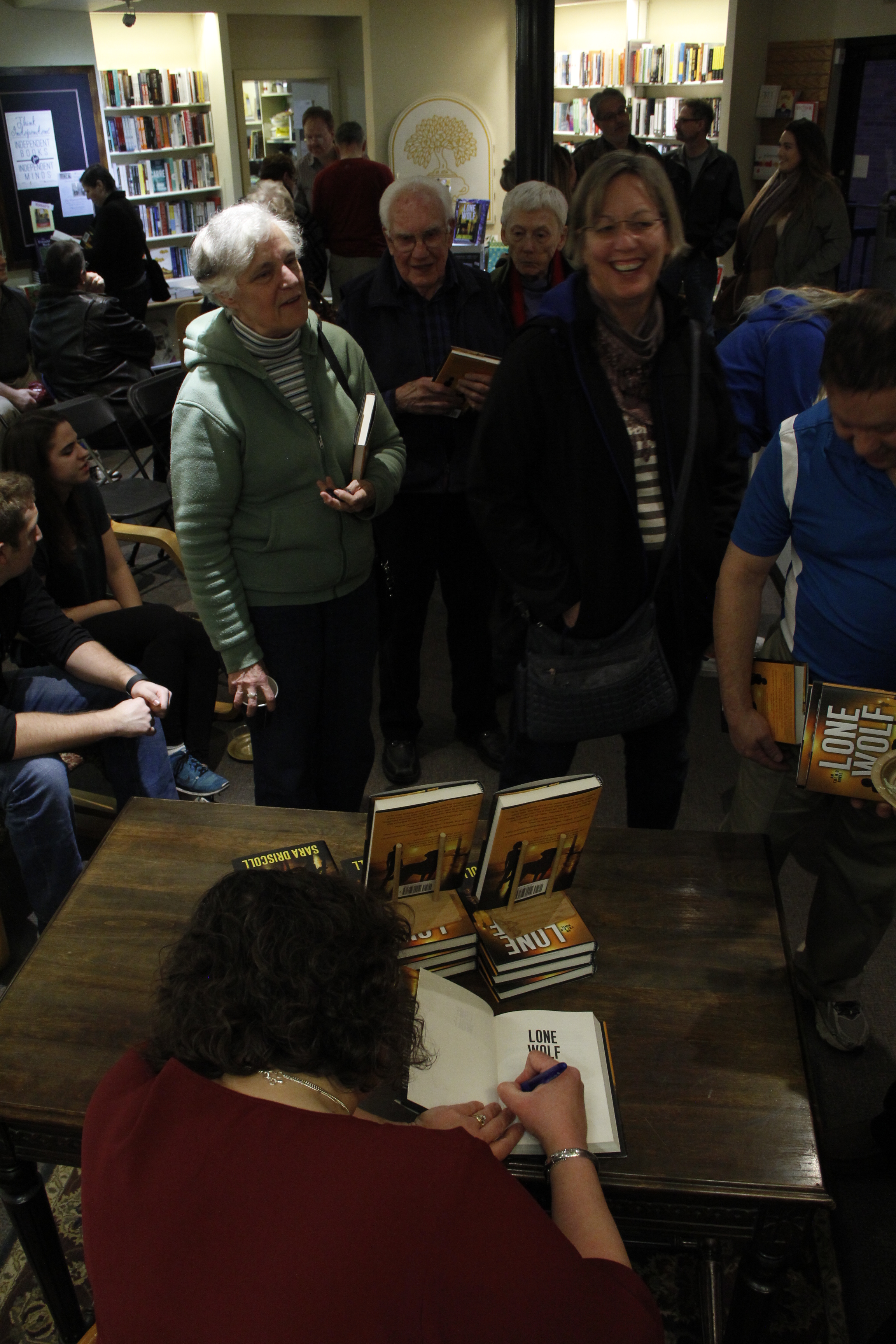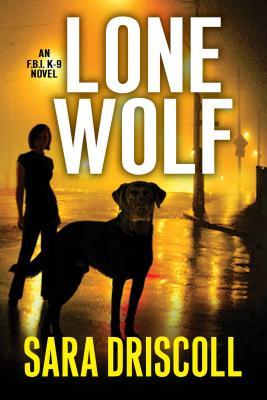K-9 Breeds: German Shepherds and Belgian Malinois
/Last week on the blog we started to look at some of the canine breeds used by law enforcement and search-and-rescue groups as their working dogs. Today, we’re continuing on with the topic, looking at the two types of dogs best known as ‘police’ dogs, namely German shepherds and their close cousin, the Belgian Malinois.
German Shepherds: Dating back to 1899, the breed was originally developed to herd sheep. But owners quickly noticed that these dogs were notable for their strength, intelligence, teachability, and obedience, so they were further bred and trained into specialized roles. German shepherds are known for their keen sense of smell and the ability to work amid distractions. In the world of modern law enforcement, they are the breed taking on the most diverse roles, including drug and explosives detection, tracking, patrol, apprehension, search-and-rescue, and cadaver detection.
Belgian Malinois: Also known as the Belgian shepherd, these dogs are slightly smaller and lighter than German shepherds. When used in the Middle East and other hot climates, they tend to be less prone to heat stroke. They are extremely intelligent, high energy dogs, and are currently the K-9 of choice for the secret service to guard the White House. As working K-9s, they are used for drug, explosives and arson detection, tracking, patrol, apprehension, search-and-rescue, and retrieving.
Next week, in our final installment, we’ll be looking at the beagle and bully breeds and their special roles in keeping citizens safe.
Photo credit: Gomagoti and Eric Wedin
Want to join Jen’s newsletter to stay up to date on the latest publishing news and exclusive early content like cover reveals (two of which will be coming early in the new year)? Then sign up at the bottom of the home page! https://jenjdanna.com/
LONE WOLF is now out! Don’t miss this chance to start a great new series. It also makes a fantastic holiday gift for the dog or mystery/thriller lover in your life! You can find it as these fine retailers in hardcover, ebook and audiobook formats: Amazon.com, Amazon.ca, Amazon.co.uk, Chapters/Indigo, B&N, BAM, IndieBound, Target, Walmart, Hudson Booksellers.
**Right now the eBook is specially priced at $2.99 until January 1, 2017. Want to try a new series but are concerned with the price? This is your time to get the book at a great sale price. But one for yourself or give it as a gift!**


























































 COMPLETE!
COMPLETE! Planning
Planning